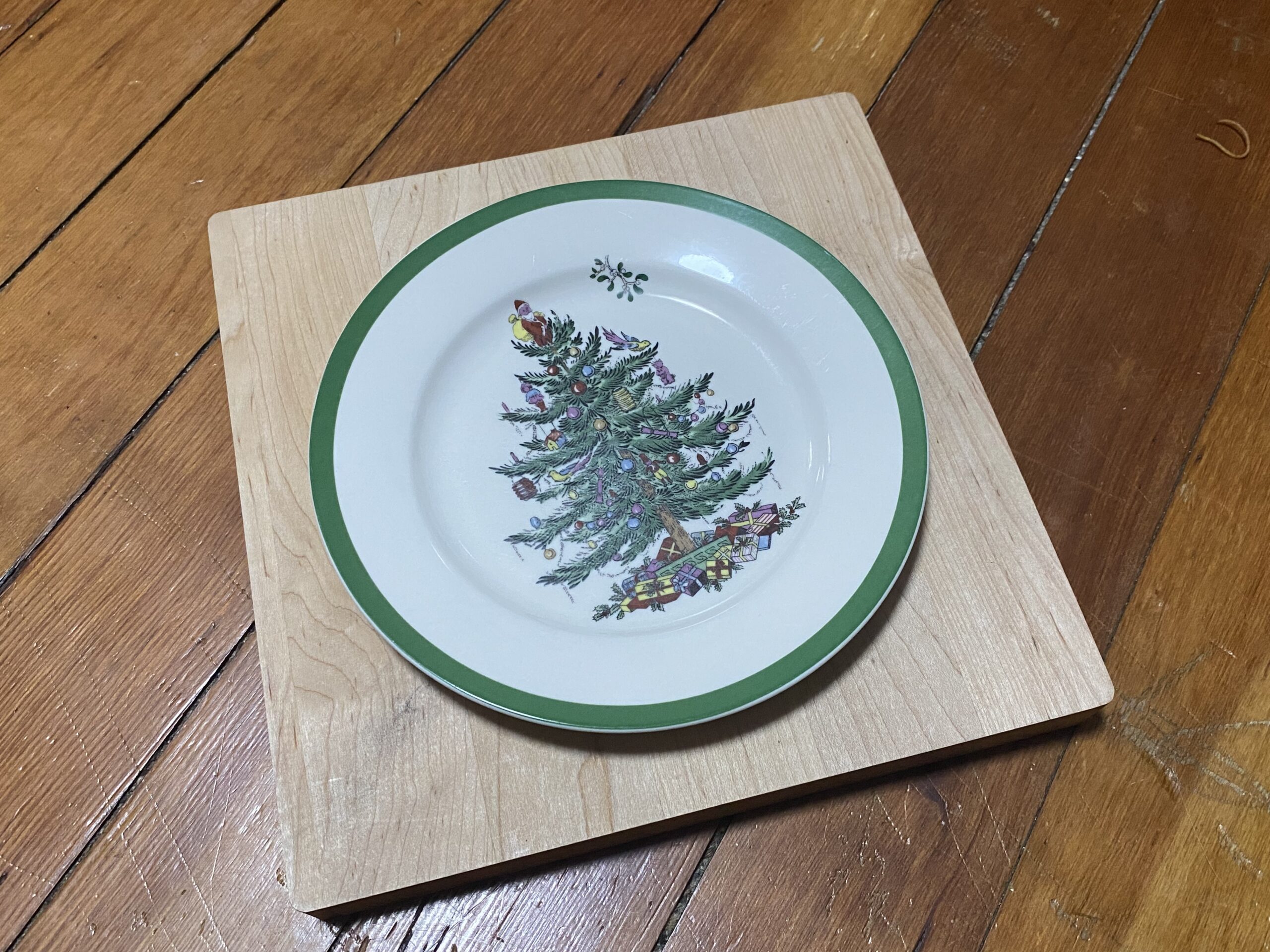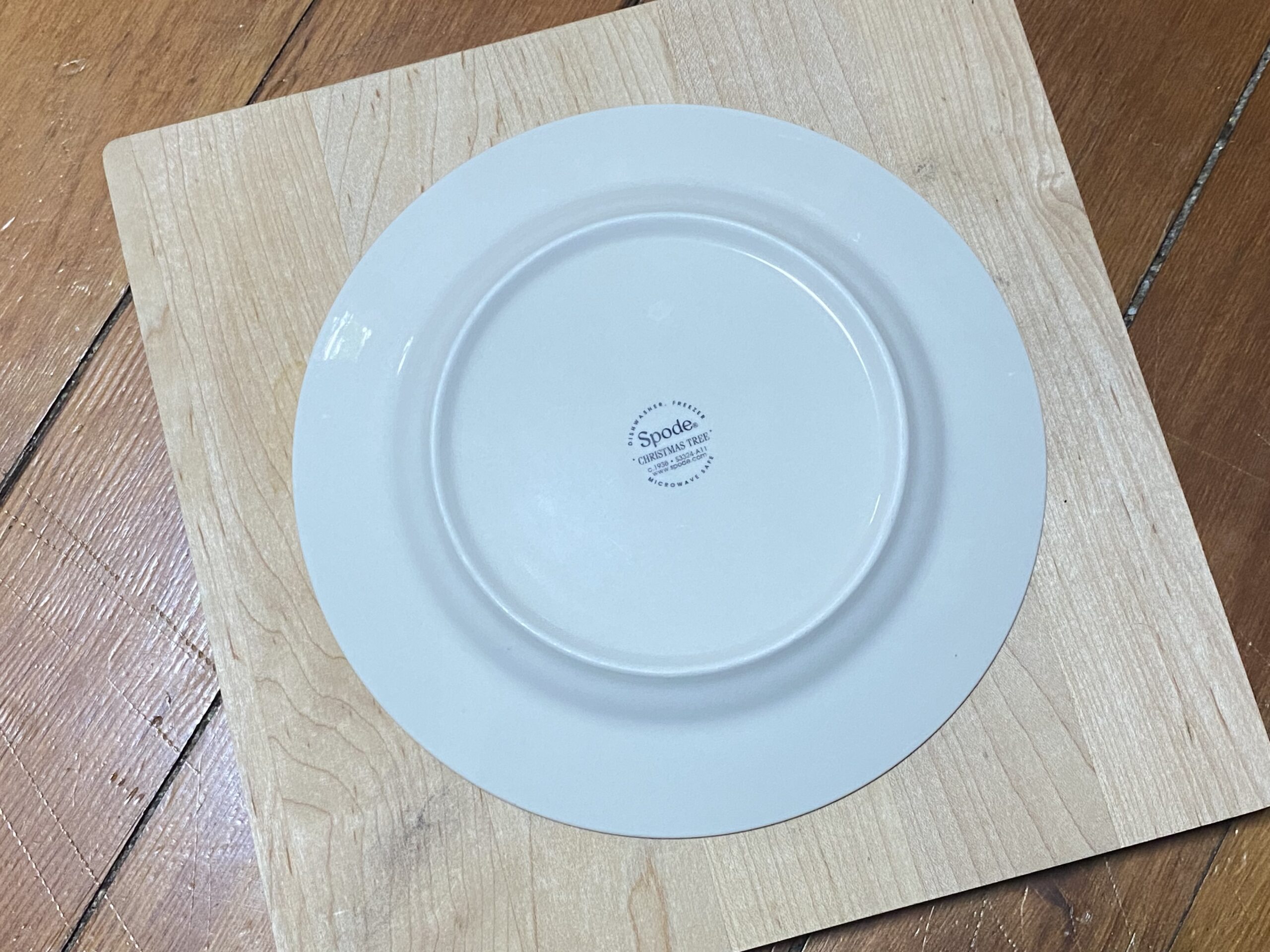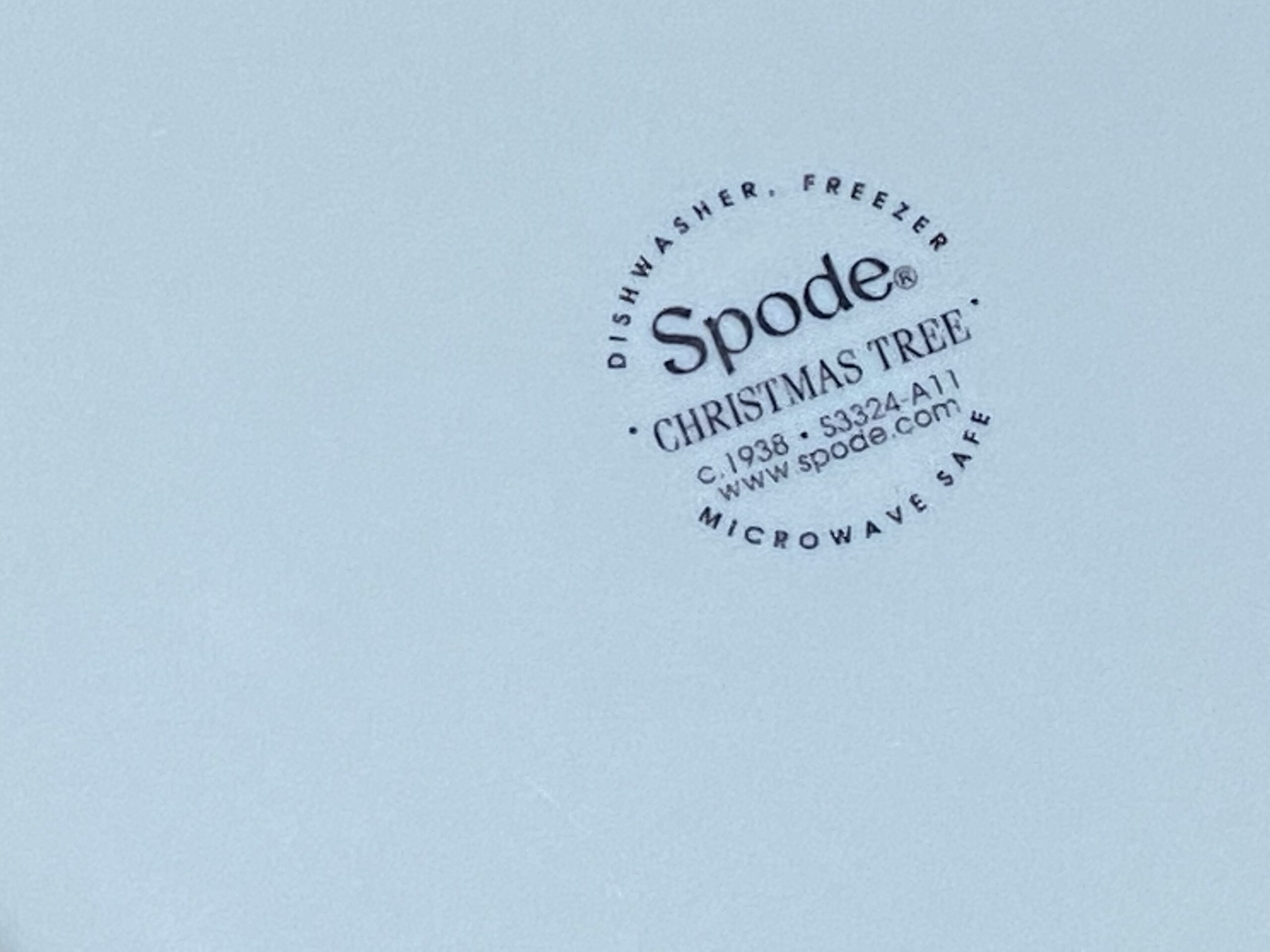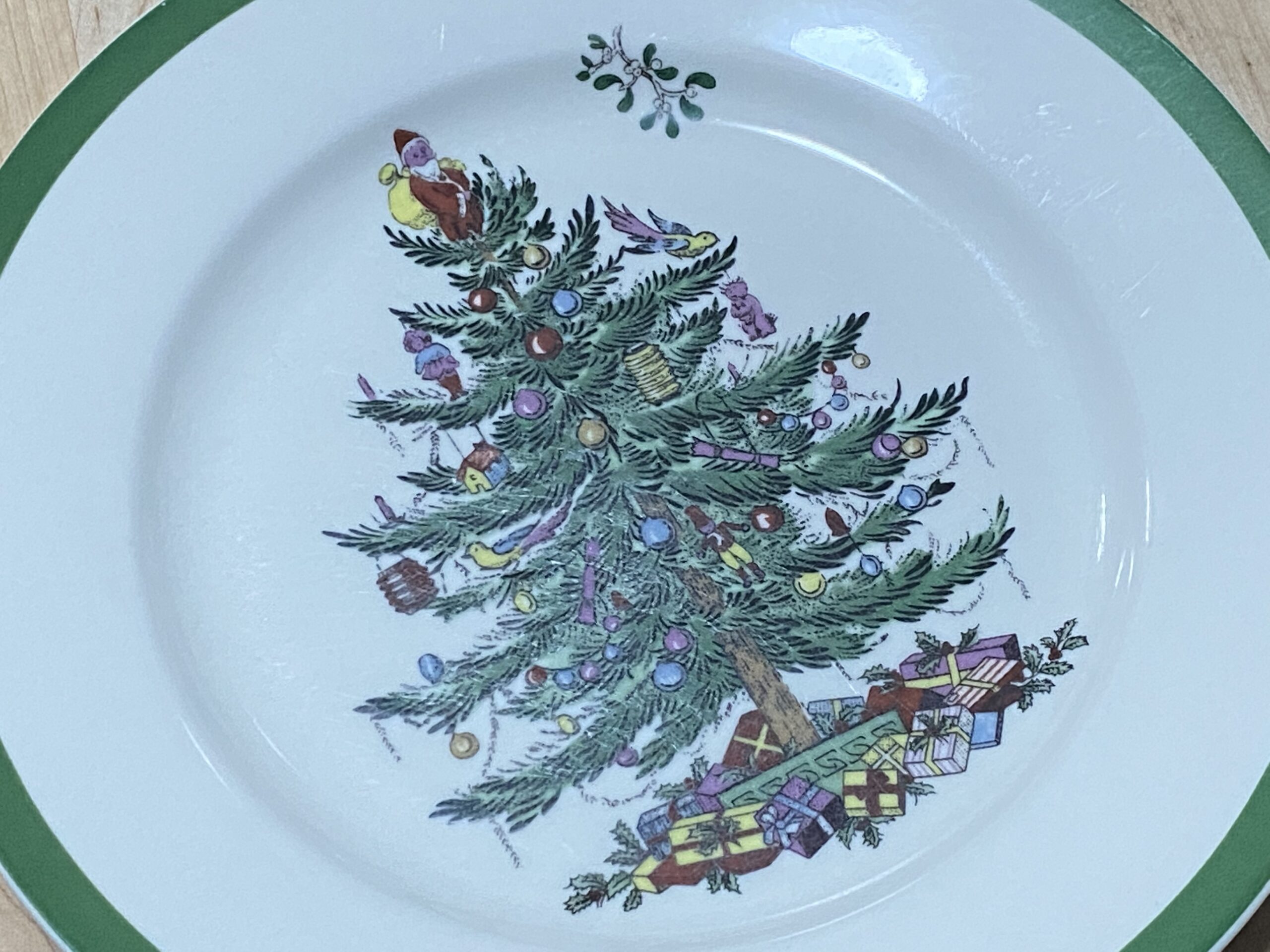c. Late-1990s (or later) Spode Christmas Tree dish: 319 ppm Lead on the food surface ( + 138 ppm Cadmium & 2,402 ppm Cobalt)
For those new to this website:
Tamara Rubin is a multiple-federal-award-winning independent advocate for childhood Lead poisoning prevention and consumer goods safety, and a documentary filmmaker. She is also a mother of Lead-poisoned children (two of her sons were acutely Lead-poisoned in 2005). Since 2009, Tamara has been using XRF technology (a scientific method used by the U.S. Consumer Product Safety Commission) to test consumer goods for toxicants (specifically heavy metals — including Lead, Cadmium, Mercury, Antimony, and Arsenic). Tamara’s work was featured in Consumer Reports Magazine in February 2023 (March 2023 print edition).
Published: Sunday — July 3, 2022
Given all federal agencies agree that there is no safe level of Lead exposure for humans, and also given that in 2008 the Consumer Product Safety Commission set the level of 90 ppm Lead as being the limit for allowable Lead in the paint, glaze, or coating of an item intended for use by children, I would not personally be comfortable eating off of these dishes (and would never let any child use one of these).
They may have been “safe” (determined by independent testing at the time of manufacture to be non-leaching for Lead) on the day they left the factory, but there is no guarantee that over time, with age and use, they will not become unsafe (the Cobalt levels are especially concerning, since Cobalt in dishware is not at all regulated in the U.S. at this time — even though it is known to be poisonous to humans). This is especially a possible concern if the item is used with with heated foods — or acidic foods, such as tomato-based sauces, vinegars, or lemon juice, for example.
Now that we know for certain (using XRF testing) that these test positive for Lead, Cadmium, and Cobalt in the glaze on the food surface of this plate (see specific readings below), it is far simpler and less expensive to buy new dishes than it would be to send a dish like this to a lab to do leach-testing and confirm how much of the Lead, etc. might be leaching from the dish at this time (plus, under what conditions), more than two decades after they were manufactured! Consequently — in adopting a #KnowBetterDoBetter philosophy and a guiding principle of not allowing any Lead in your kitchen (a great first step in making a safer home for yourself and your family) — I would recommend purchasing new dishes if you own these (and not using these for food use purposes at all). You can read more about these concerns specifically in this article — link.
Would it be okay to use this dish “just for the holidays?”
While this dish tested positive for four toxic heavy metals (Lead, Cadmium, Cobalt, and trace levels of Antimony) it is much newer than the example (from a different manufacturer) that I previously wrote about today and — again — was likely leach tested at the time of manufacture. The owner told me she thought it was from the 1990s or newer. If I had to speculate (based on the test results/ the specific levels of Lead, Cadmium and Antimony found), I would expect that it is possible that this dish may have actually been manufactured closer to the year 2000 — or possibly even after that. Considering the age — and Lead levels — of this dish, while I personally would never choose to use something like this in my home (we only have Lead-free dishes in our home), it probably is not leaching at this time (although I’m still not comfortable with the levels of Lead found — especially given it is obviously designed to be used by children, and does test positive in the center of the food surface for a Lead level that is still significantly over the 90 ppm threshold, which is illegal for items intended to be used by children). Please note that other years of production (of this same design) from this company may have EXTREMELY high levels of Lead. (Here is a link with a very high-Lead example of this pattern.) If you do not know the year of production of your Spode Christmas Tree china, please do not assume it is safe.
Below are the full test results for the dish pictured.
Reading #1) Center of the food surface of the plate — on the Christmas tree design
60-second reading
- Lead (Pb): 319 +/- 24 ppm
- Cadmium (Cd): 138 +/- 9 ppm
- Tin (Sn): 52 +/- 10 ppm
- Mercury (Hg): non-detect
- Selenium (Se): non-detect
- Barium (Ba): non-detect
- Chromium (Cr): 12,100 +/- 600 ppm
- Antimony (Sb): non-detect
- Nickel (Ni): 375 +/- 64 ppm
- Copper (Cu): 397 +/- 40 ppm
- Zinc (Zn): 15,400 +/- 300 ppm
- Zirconium (Zr): 6,725 +/- 149 ppm
- Indium (In): 12 +/- 7 ppm
- Iron (Fe): 5,172 +/- 233 ppm
- Cobalt (Co): 2,402 +/- 137 ppm
- No other metals were detected in consumer goods mode.
Reading #2) White edge of the food surface of the plate
60-second reading
- Lead (Pb): 81 +/- 11 ppm
- Cadmium (Cd): non-detect
- Tin (Sn): non-detect
- Mercury (Hg): non-detect
- Selenium (Se): non-detect
- Barium (Ba): non-detect
- Chromium (Cr): non-detect
- Antimony (Sb): non-detect
- Copper (Cu): 33 +/- 20 ppm
- Zinc (Zn): 14,900 +/- 300 ppm
- Zirconium (Zr): 884 +/- 22 ppm
- Iron (Fe): 1,490 +/- 123 ppm
- Bismuth (Bi): 19 +/- 10 ppm
- No other metals were detected in consumer goods mode.
Reading #3) Black back mark/ logo mark of the dish
60-second reading
- Lead (Pb): 66 +/- 11 ppm
- Cadmium (Cd): 13 +/- 5 ppm
- Tin (Sn): 24 +/- 8 ppm
- Mercury (Hg): non-detect
- Selenium (Se): non-detect
- Barium (Ba): non-detect
- Chromium (Cr): 2,789 +/- 311 ppm
- Antimony (Sb): 16 +/- 11
- Nickel (Ni): 212 +/- 49 ppm
- Copper (Cu): 160 +/- 27 ppm
- Zinc (Zn): 16,200 +/- 300 ppm
- Zirconium (Zr): 993 +/- 24 ppm
- Iron (Fe): 3,796 +/- 185 ppm
- Cobalt (Co): 936+/- 86 ppm
- Bismuth (Bi): 17 +/- 10 ppm
- No other metals were detected in consumer goods mode.
For some inexpensive Lead-free dish ideas, check out this link.

Never Miss an Important Article Again!
Join our Email List













Oh great, these are my mom’s dishes we’ve eaten off every year ever since I was little. I’ll have to check the year and make sure they’re not the crazy high lead ones. Have you tested glassware with painted gold rims before? We also drink out of those and I’m sure they are leaded. Merry leaded Christmas
Yes – look up “gold rim” or “gold trim’ or “gold edging” using the search bar at the top of any page.
Hi. I have Nikko Ironstone dishes that were my moms. They are dishwasher and oven safe and say made in Japan. I’ve looked all over and cannot find out if these have dangerous levels of lead in them. I got rid of my Corelle ware because if this reason.
The picture won’t come through, however, it has a white background with gray, dark pink, purple and yellow flowers around the rim.